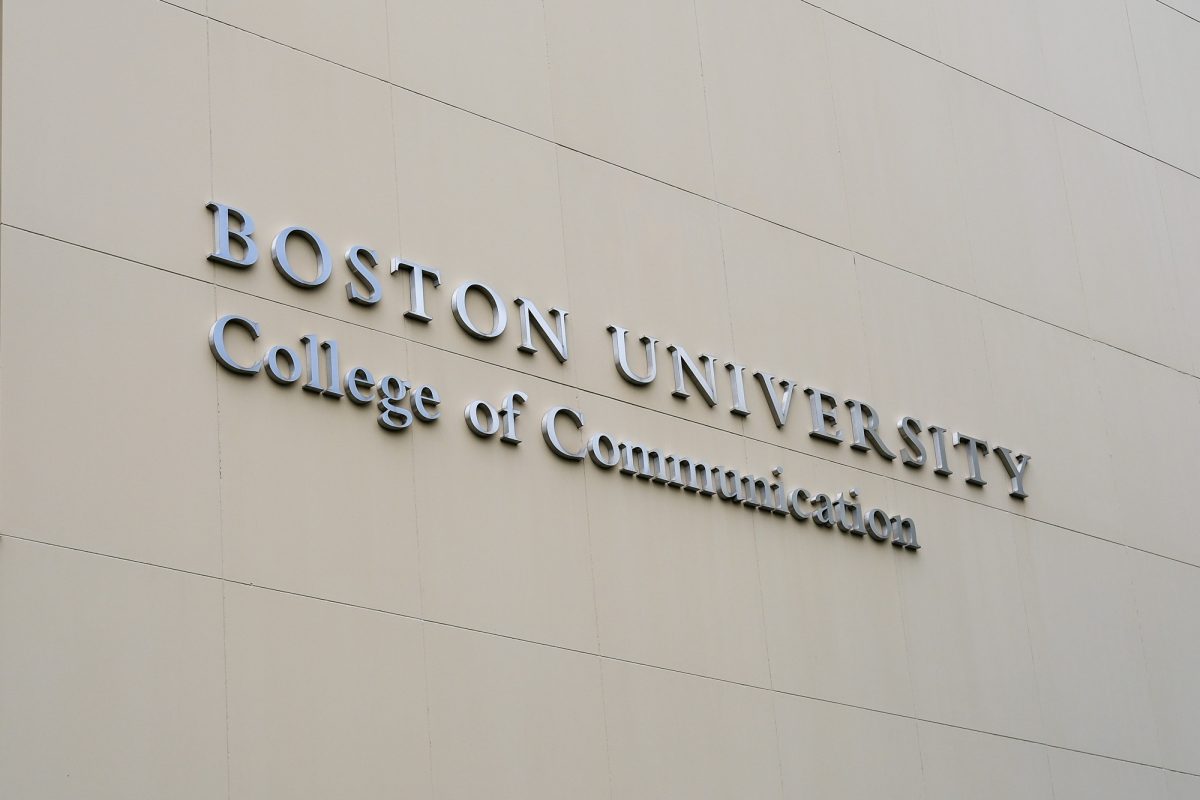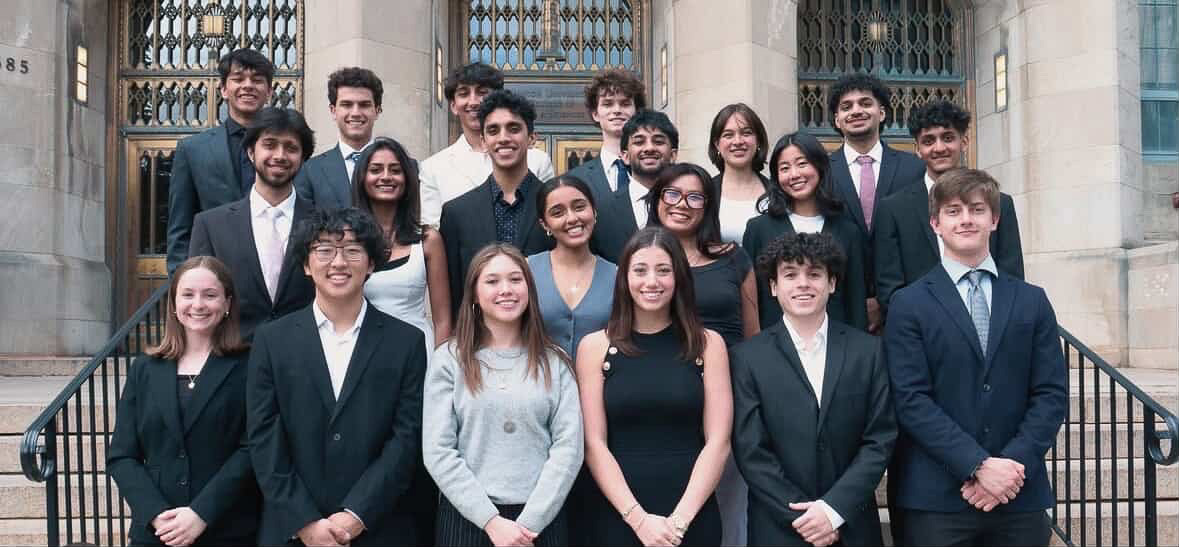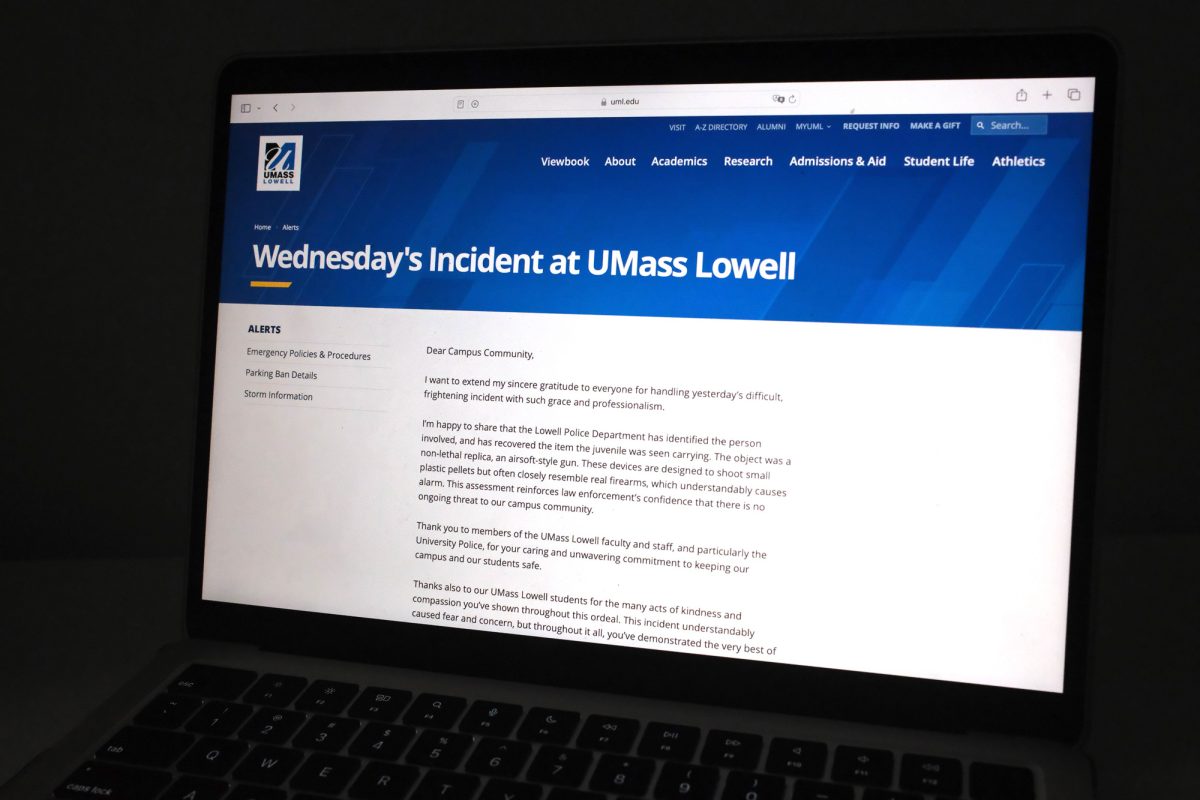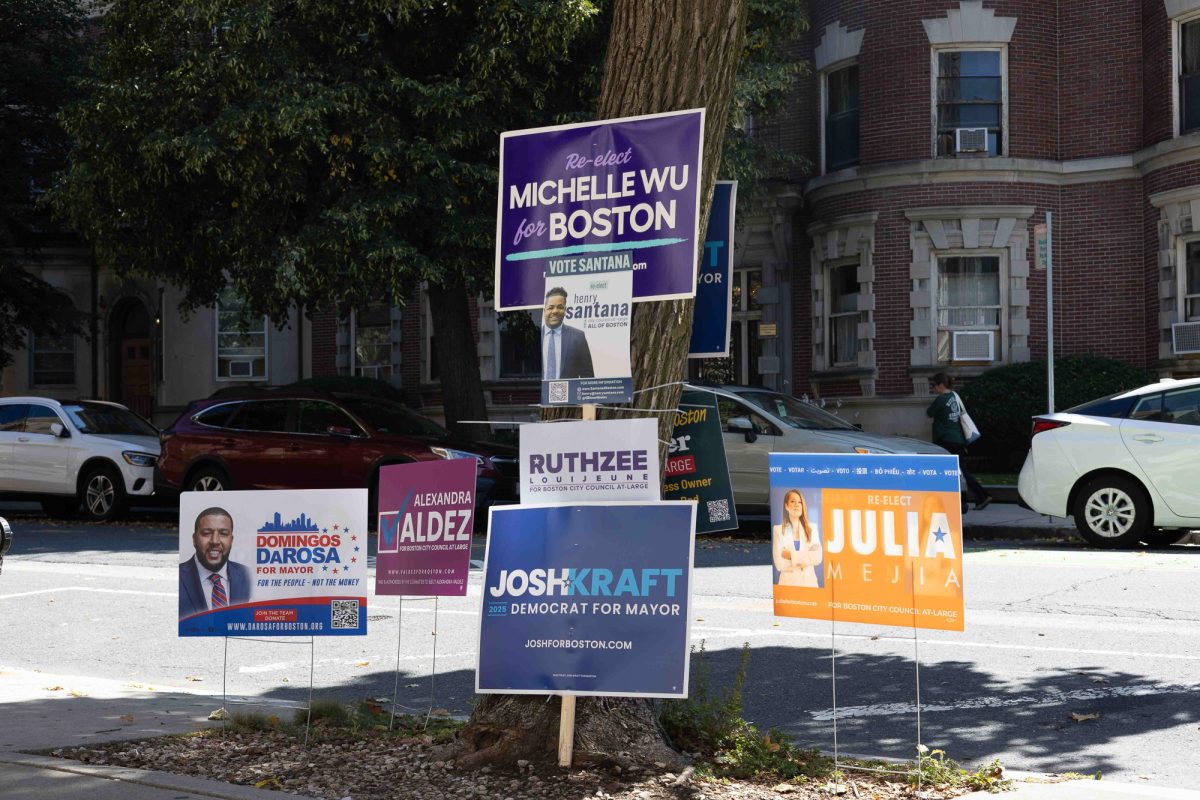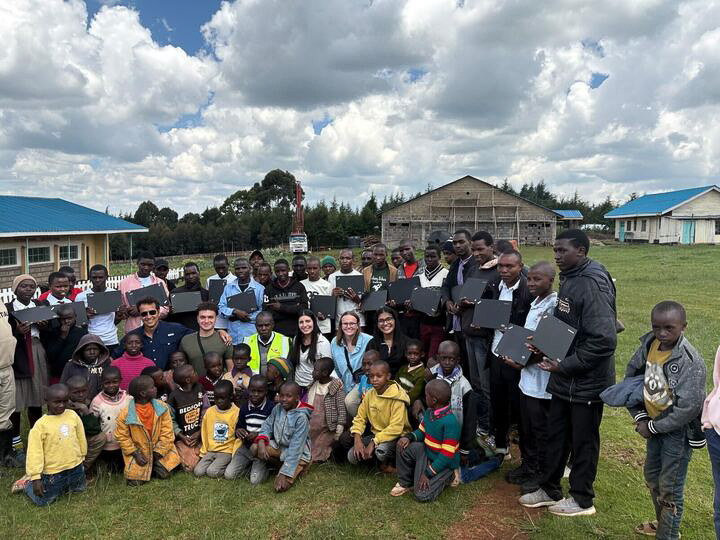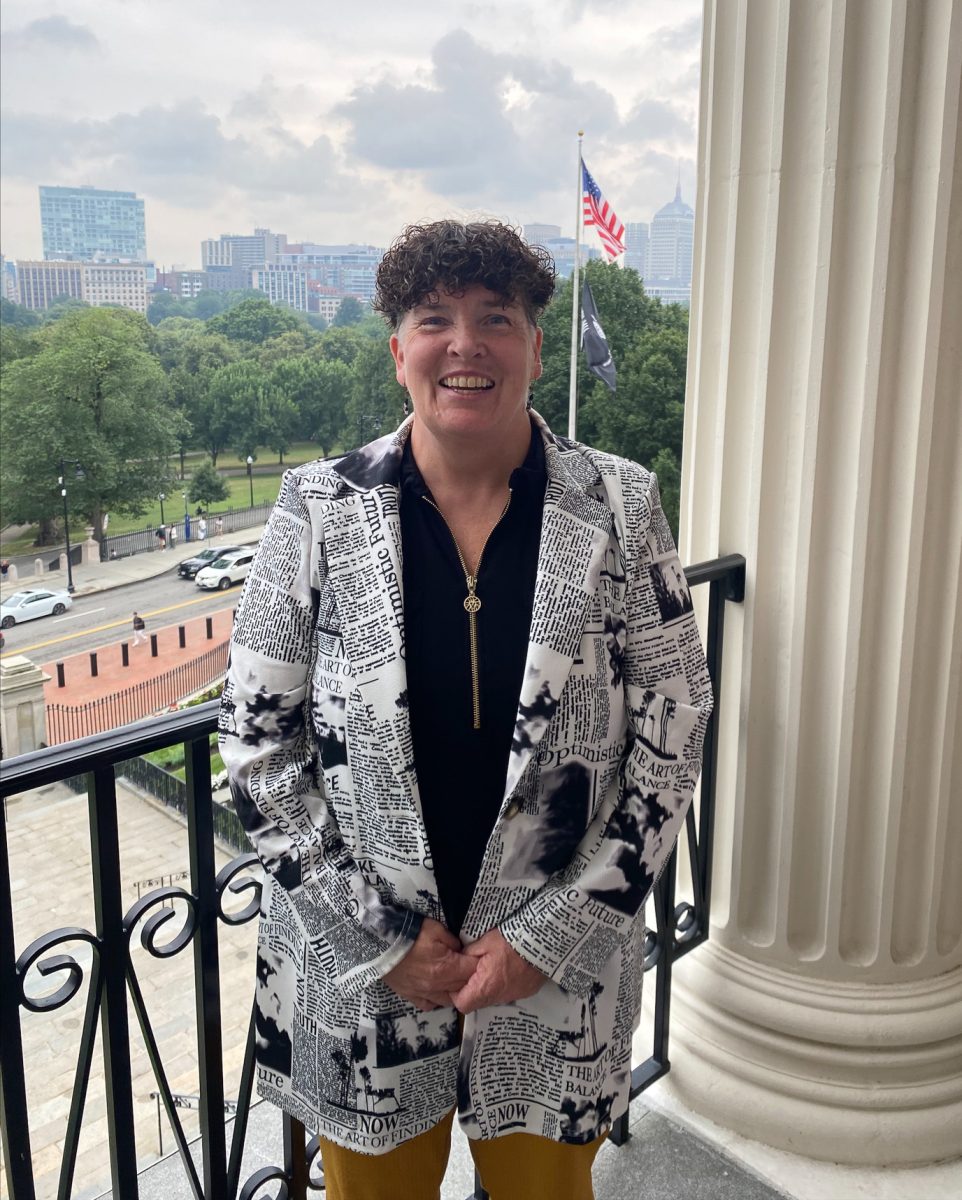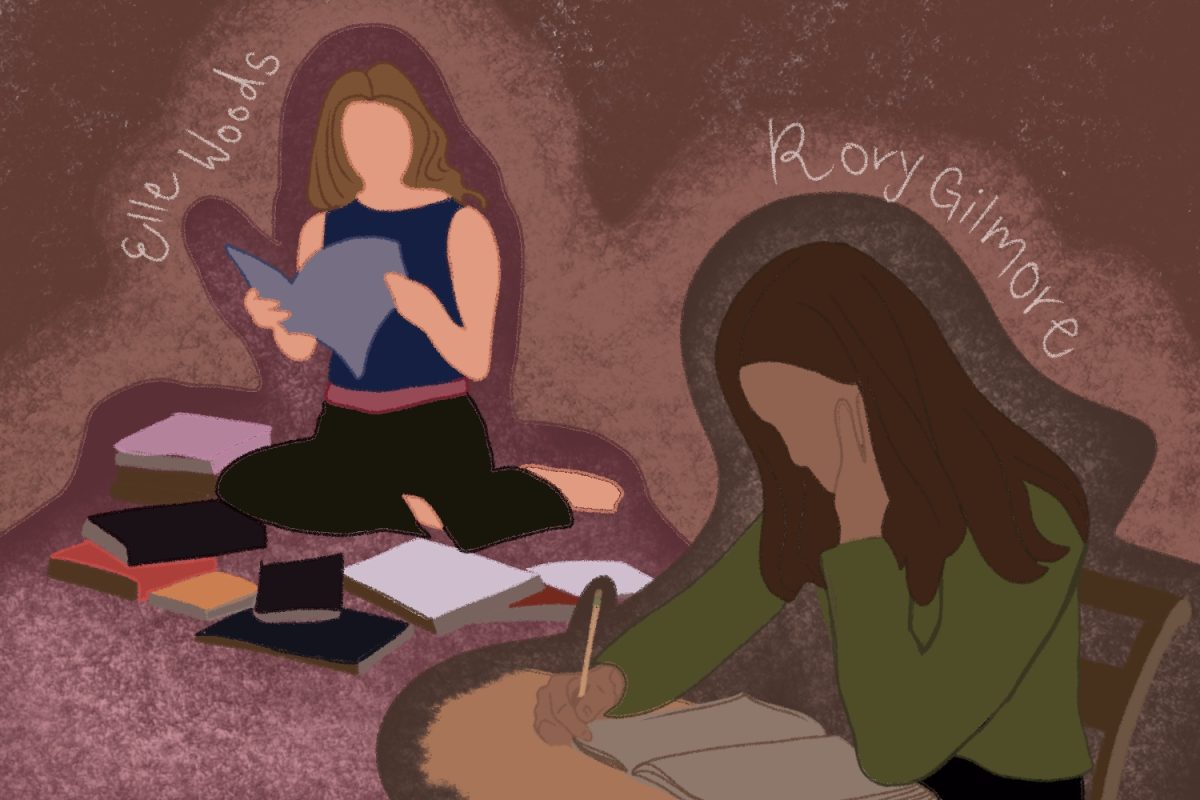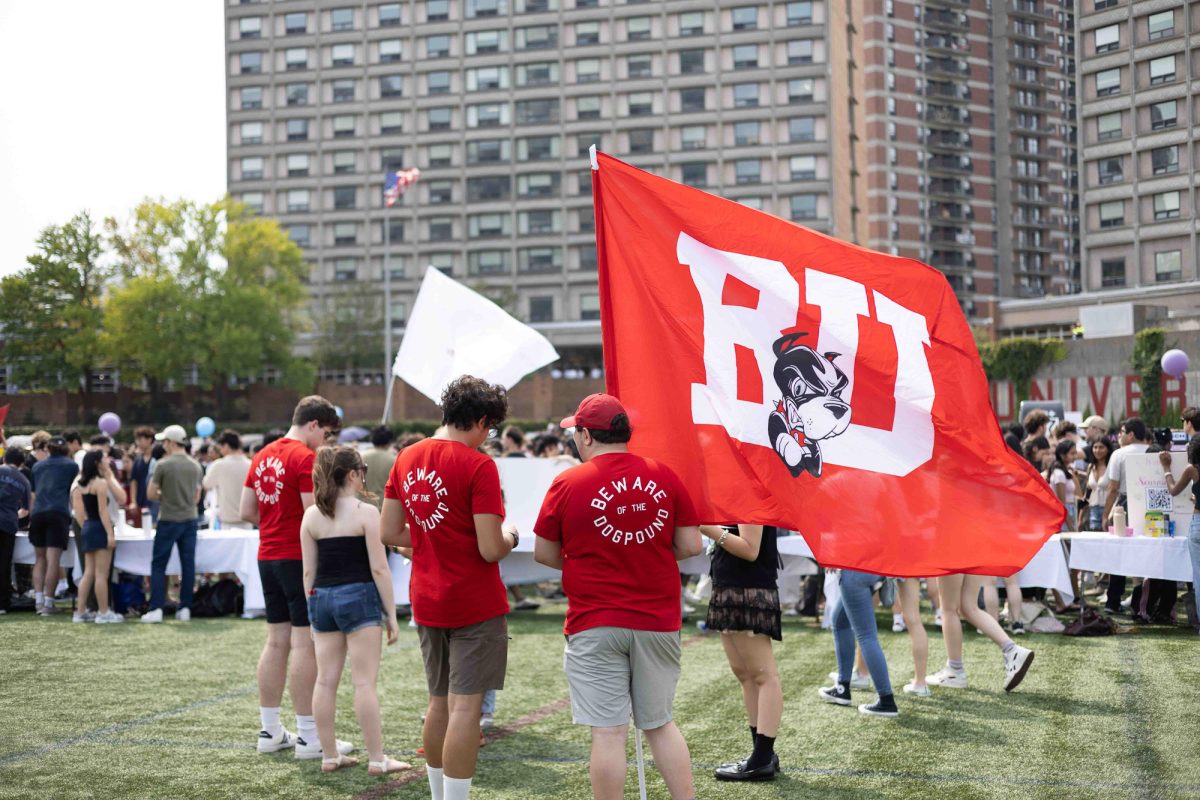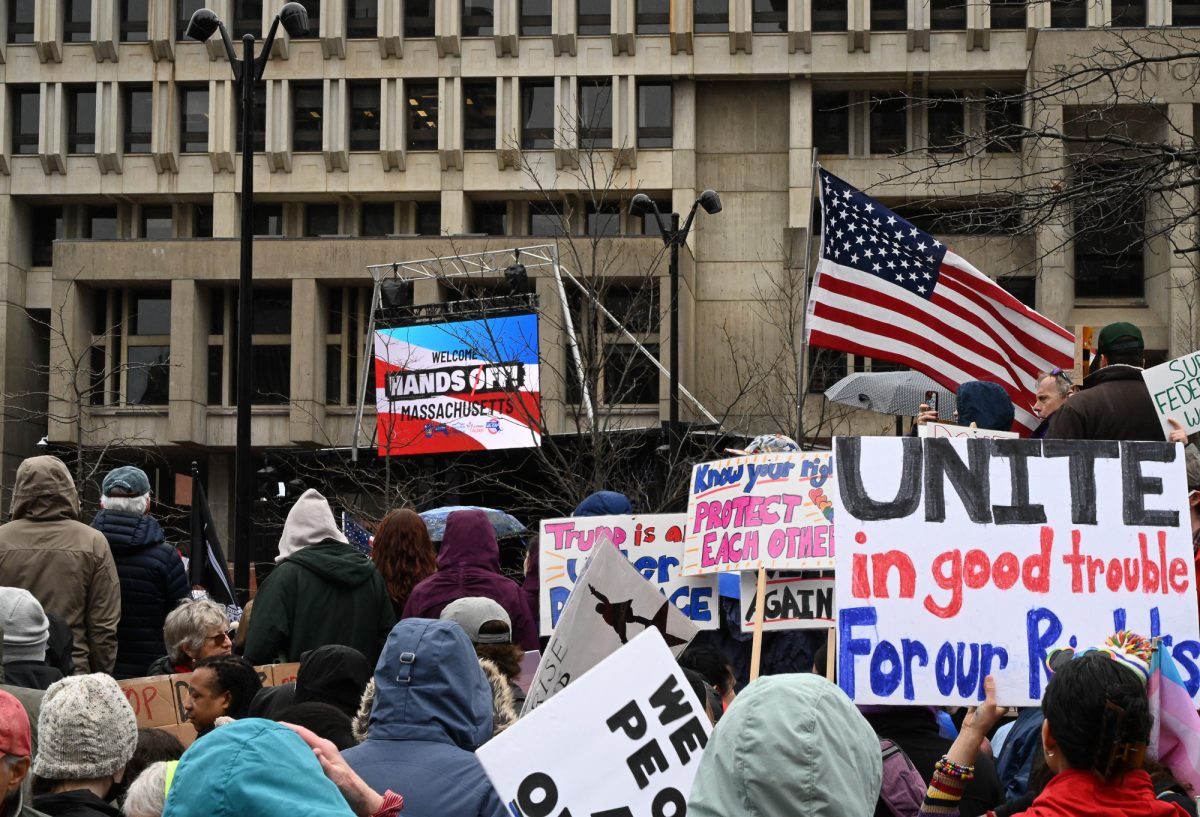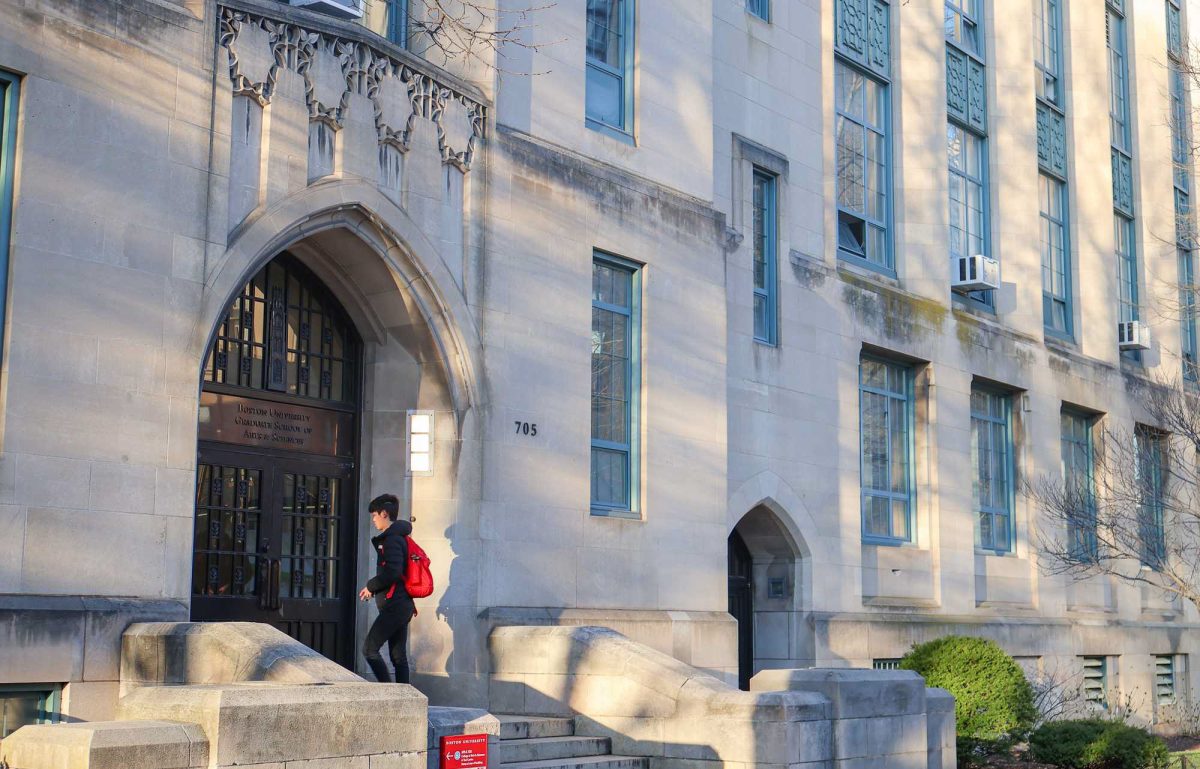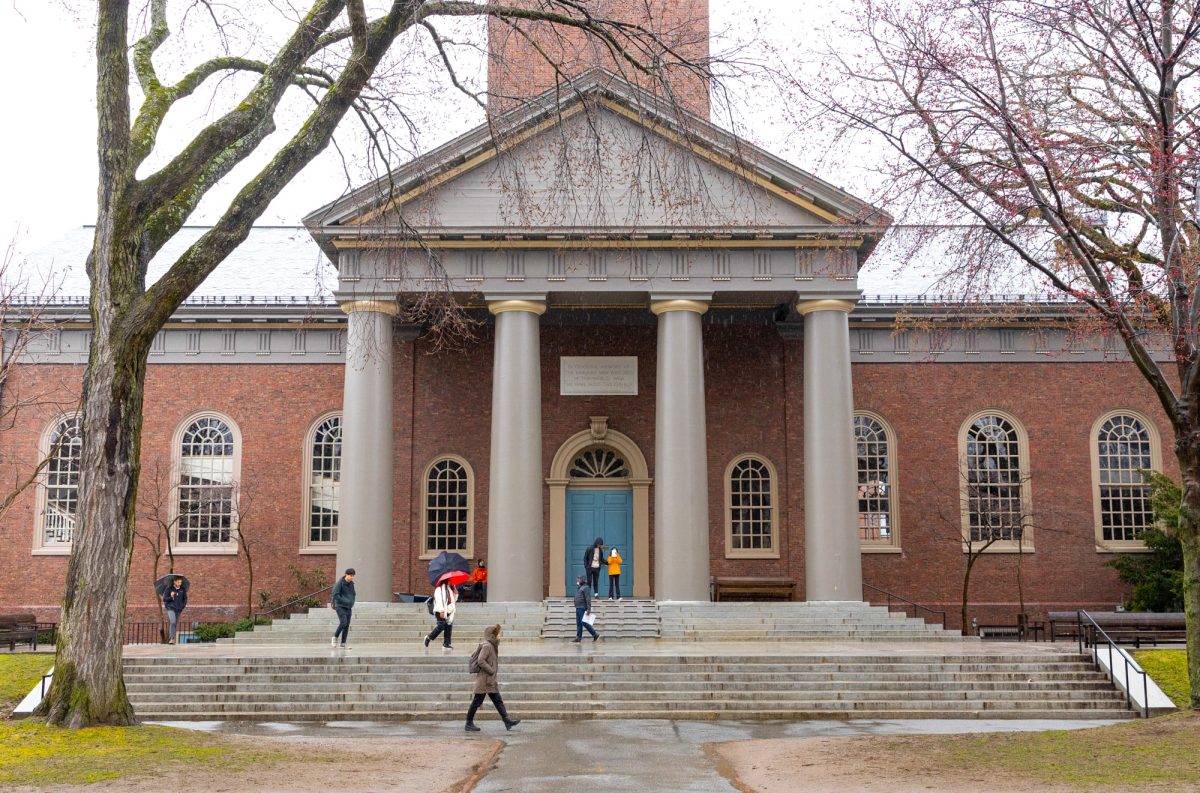Boston ranked 20th among America’s major cities with the highest poverty rates, according to recent data from Queens College demographer Professor Andrew Beveridge.
Local antipoverty agencies, including Action for Boston Community Development and members of the Boston University community, said this does not come as a surprise.
Susan Kooperstein, ABCD vice president for external affairs, said in an email that despite it being a sad fact for a great city, she believed Boston ranks in the top 20 major cities in terms of poverty.
“Government needs to mobilize major resources and work together with the private sector, philanthropies and non-profits to provide affordable housing, job development, child care and other resources,” she said, “so people can get into jobs that pay a living wage, go to school and more.”
ABCD Planning Manager Midori Morikawa said ABCD has seen an increased demand in its services.
Some of the most commonly sought after services, such as healthcare and housing assistance, have increased by 268.9 percent and 79.1 percent, respectively, from 2010 to 2011, according to a data chart provided by Morikawa.
Robert Meenan, professor and dean of BU’s School of Public Health, said poverty rates in cities, referring to a 2010 report from the U.S. Census Bureau, are functions of the well-known correlation between race and income.
He said a city’s place in the rankings “is almost certainly very tightly linked with its minority population percentage.”
The national poverty rate in 2010 was 15 percent, according to the 2010 report, while Boston’s poverty index is 23.3 percent, according to Beveridge’s data.
“The poverty rate in cities tends to be higher because the percentage of minorities, blacks and Hispanics, is typically higher in cities,” Meenan said. “And the poverty rate in those two groups is typically higher than it is in whites and Asians.”
Morikawa also said minorities continue to be disproportionately affected by poverty.
But BU College of Arts and Sciences senior Monika Chitre said poverty index also depends on factors within cities.
“It’s one of those things where it’s not really surprising depending on where you live in the city,” Chitre said. “I think [the poverty gap] is difficult for a lot of people to wrap their heads around because when you’re on the BU campus, everyone’s doing pretty well in this area.”
Chitre, the founder and president of BU’s M.A.N. Project, an anti-homelessness organization, said education is a major factor in Boston’s ranking.
“There are jobs in this area, but it just depends on the level of education you have,” Chitre said, “and if you don’t have it, I think [they’re] going to be harder to get.”
Morikawa said according to Massachusetts Department of Workforce Development’s 2010 job vacancy survey, 41 percent of jobs in the state require an associate’s degree or higher.
“Higher levels of education are required for jobs in the Commonwealth as compared to other areas due to concentration of higher education in the city,” Morikawa said in an email.
Chitre said standards are increasing and employers require more experience.
“I think a lot of entry-level jobs these days are requiring a pretty large amount of experience for pretty basic jobs at this point,” Chitre said. “You can’t get into the market if you don’t have any experience and you can’t get any experience if you’re not getting into the market.”
Just more than 38 percent of people living in poverty had less than a high school diploma, and 19.5 percent of people living in poverty had a high school diploma or the equivalent, according to data from a 2010 American Community Survey.
“In today’s economy, this level of education is often not sufficient for livable employment opportunities,” Morikawa said.
“People are fighting tooth-and-nail for unpaid internships,” Chitre said. “And people don’t get them.”
The other factor in a city’s poverty rate is the status of its economy, especially the unemployment rate, Meenan said.
He said Detroit, which has the highest poverty index at 37.6 percent, according to Beveridge’s data, is strongly affected by race and unemployment.
“Unemployment typically affects minority incomes more than white and Asian incomes, so the unemployment rate is a potent factor in the poverty rate of a given city,” Meenan said.
But he said the real issue with poverty in America is that the rate is steadily increasing.
In reference to Republican presidential candidate Rick Santorum’s speech last Thursday in Detroit, Meenan said Santorum’s “most provocative aspect of [his] statement is that we are increasingly willing to accept an increasingly larger income and wealth gap between the richest and poorest Americans.”
“While there inevitably will be income inequality in the U.S., as Santorum glibly states, it need not and should not be a steadily increasing income inequality,” he said. “That is fundamentally unjust and ultimately very corrosive to social cohesion.”


